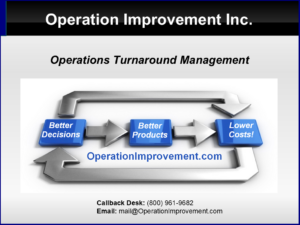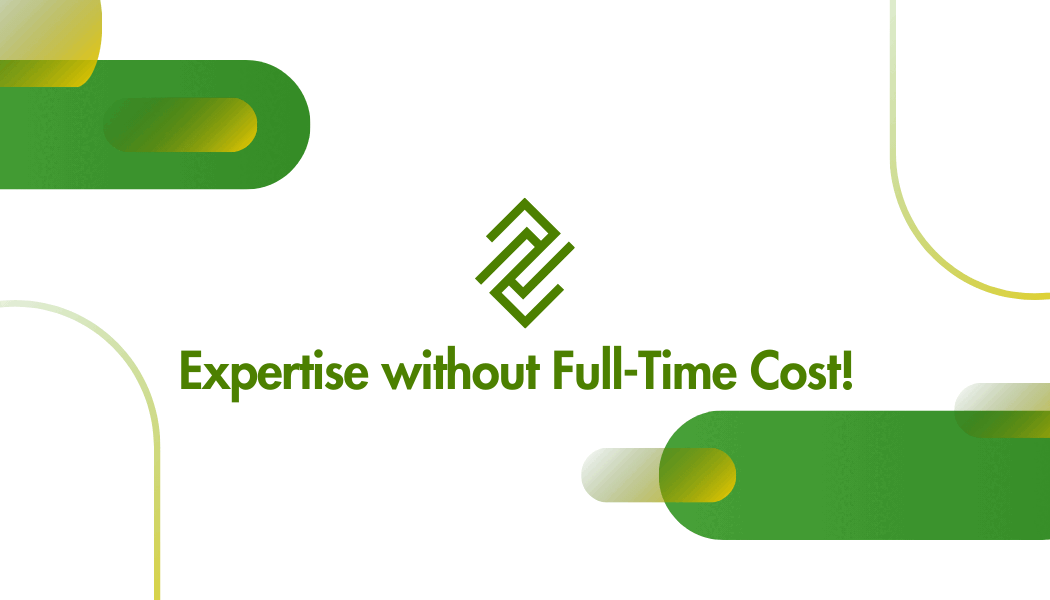Learn, Share, Teach, Improve
Some years ago, I saw a clever poster that diagrammed systems of the human body. It was the most complex flow diagram with dozens of boxes and lines representing the interaction of electrical and chemical activity and their effects on the whole.
This diagram was presented as a “wholistic systems” view of human anatomy, but it was mind-stopping in its complexity. Such an analysis might be appropriate as input for a computer simulation, but it did not conceptualize anatomy and biological process in a form that was suitable to learn, teach and share knowledge.
I have seen this same kind of complexity in business. I have seen telephone routing protocols that make it impossible for a human being to predict where calls will be delivered, who will be overloaded and who will be left idle. I have seen workflows in service and manufacturing operations with a multitude of steps, loops and IF-THEN-ELSE forks in the road that would leave workers uncertain how to proceed.
From cross-discipline experience in many different work environments we derived a different method of describing work that is suited to learn, share, teach and improve business processes.
You know that humans need conceptual structure. Sentences can’t run too long. Articles benefit from paragraphs. Social Security numbers and phone numbers are hyphenated so that they can be remembered as three things instead of 10.
For example, we think of the first three digits of a phone number as an area code. Applying a conceptual structure, grouping, and naming things of like kind is what empowers human thought and decision-making.
Did you ever try to assemble a jigsaw puzzle as a child? The first step was always to group. Pieces of a certain color were pulled aside and in our mind we said “sky”, or “grass”, “people”. Our process dependency diagrams are approached the same way.
At a high level, we group the inputs, outcomes (nouns) and process steps (verbs) into a mentally manageable number that can be presented on a single page. This “umbrella” process diagram shows the overall dependencies for a successful outcome. Each earlier process step is usually earlier in time, but it is definitely a prerequisite for success.
Each process step is broken down onto a detail sheet and more details about the inputs and outputs emerge as well. A process guidebook organized in this way makes it easy to access the level of detail that the user needs for their level of experience.
Decisions are handled by referencing what we call factor tables. We either know in advance the decisions that will be made in a process or not. If not, the work is “out of process” and needs to be reviewed at a higher level; a supervisor, manager, or engineer – depending on the operation. This feedback is a crucial part of the improvement process.
The result: ideas about work and results are presented in a linear, easy to understand format without loops and branches. We describe work conceptually, and not in the fashion a computer requires.
“Joe, we can never replace you.”
“Joe, we can never replace you.” This is so often true and felt of every long-term team member.
I have never met anyone with the unique background and skills of Greg, Nancy, Barry, Kelly, Courtney, James, Janine, Henry, Linda, John and so many others that I have worked with in the past.
Sandy had a master’s degree in English. She was brilliant, but that educational background was not really required when she first joined our team. Barry had a PhD in Physics – a certification not necessary to curate software for a user community. Both were life-long learners, adaptable and eager to expand their skills.
So perhaps we shouldn’t try to replace someone. Instead of writing job requirements based on “Joe” today, let’s think about Joe’s background, aptitude, attitude and skills versus the job when he first took the position.
If “first impressions Joe” turned out to be a pretty good employee, then someone else will be able to do that job. They may not tick every box that made Joe special, and that is ok.
The objective is not to replace the irreplacable. The objective is to find someone who can do the job and learn/grow within it.
In a short time, that new employee will likely become irreplaceable just like Joe.
Reports Are Not The Same As Data!
At the start of a new operations process development or improvement effort, I typically want to see two things firsthand.
It is important to have a personal view of the work presently being done, as well as the methods and the tools or resources available at the place of effort. It is also vital to get an early look at the process metrics and performance outcome data that the workers and their management think is actionable. These first steps allow us to start with a clearer picture of the objective (the deliverable) and begin to develop a vision and implementation plan for a better way.
What I frequently get in response to my requests is one or more reports instead of data. Where once there might have been actual data, its source and method of capture is undefined and cannot be audited. What began as observations systematically compared to a standard has been digested into predetermined narratives with implicit and often wrong conclusions.
Data means measurements, with the method of measurement totally transparent and always open to constructive critique, caveat and refinement.
As an example, telephony systems have not always left audit trials for call center operations.(And many today do not meet the standard of measurement above.) In the systems that do have call detail databases, much time and effort is spent trying and failing to reconstruct the “state of the business” at some past date and time.
I approached this problem on an older system by taking and saving periodic real time snapshots of the PBX system state. (Calls in queues, current wait times, etc.) These frequent “state of the business” measurements gave us actionable data and helped us to monitor performance as we made changes and introduced new methods and tools to call center agents.
The entire chain of logic (observation, data grouping, statistical summation) and graphical reporting was presented in a form that not only provided actionable information, but also communicated the answer to this most important question, “How Do We Know?”
Of course, measurement in the service sector has the same issues of measurement variability as precision measurement in manufacturing. The solutions to this challenge are similar, but that is another topic.
“If we don’t have a clear picture, then we don’t act!” ** – Organizing Product and Process Knowledge
For centuries, people took for granted that the sun and heavens moved around the earth. Against that night sky was the surprising, independent and often retrograde movements of the planets. How does one make sense of that? How does one grasp, in principle, that contrary movement?
Of course you know the answer, as does every child who grew up with a ceiling-mounted mobile of our solar system. We now think of the (1) sun as stationary. We (2) imagine circular motion around the sun, and then refine that new conceptual model by adding more knowledge. We learn that those planetary orbits are (3) elliptical. Then, we discover that (4) not all planets orbit in the same horizontal plane. (Mercury and “sometimes-a-planet” Pluto are tipped a bit.)
As we learn more, the mental picture does indeed become clearer. If our job is to launch a spacecraft to another planet, this clear picture is vital. We need as complete an inventory as possible of what is known about the solar system and its moving parts. We don’t stop at four metrics. Organized Knowledge is power.
Businesses can often make quantum leaps in their ability to deliver value, if someone takes an independent and objective look at how workers and managers think about their jobs. If product and process learning has slowed or stopped, you may need a fresh approach that “puts the sun at the center” of your thinking.
Take a look at the difference a clear picture makes:
- A tech support team dreaded every phone call. A fresh look at their processes led to change, and they were confident in their job after a week!
- A metal machining operator reduced job setup time from four hours to 15 minutes when a fresh look at the process reduced the setup of hundreds of parts to just a dozen or so basic configurations.
- The wrong mental picture caused a service desk to deliver worse performance while their metrics showed improvement! A fresh look at their metrics turned this around immediately.
It is hard to make things easy.
Your high school English teacher probably warned you about too long sentences. Many people will not get a clear picture unless you break ideas down into manageable sentences with nouns and verbs. Product and process knowledge should be organized in absorb-able chunks for similar reasons.
We often say that properly organized process and product knowledge is a mechanism to learn, share, teach and improve. It documents dependencies between ends and means – what are the prerequisites for successful results.
We call this approach to improvement: factoring. We have been coaching, teaching classes, writing books and running on-site improvement projects based on these methods for over two decades. If you see opportunities to apply this in your operation, we are here to help.
—-
** “If we don’t have a clear mental picture, then we don’t act!” This is one of the most memorable gems from Dr Charles R. Hobbs, but there is more to unpack than the surface meaning.





